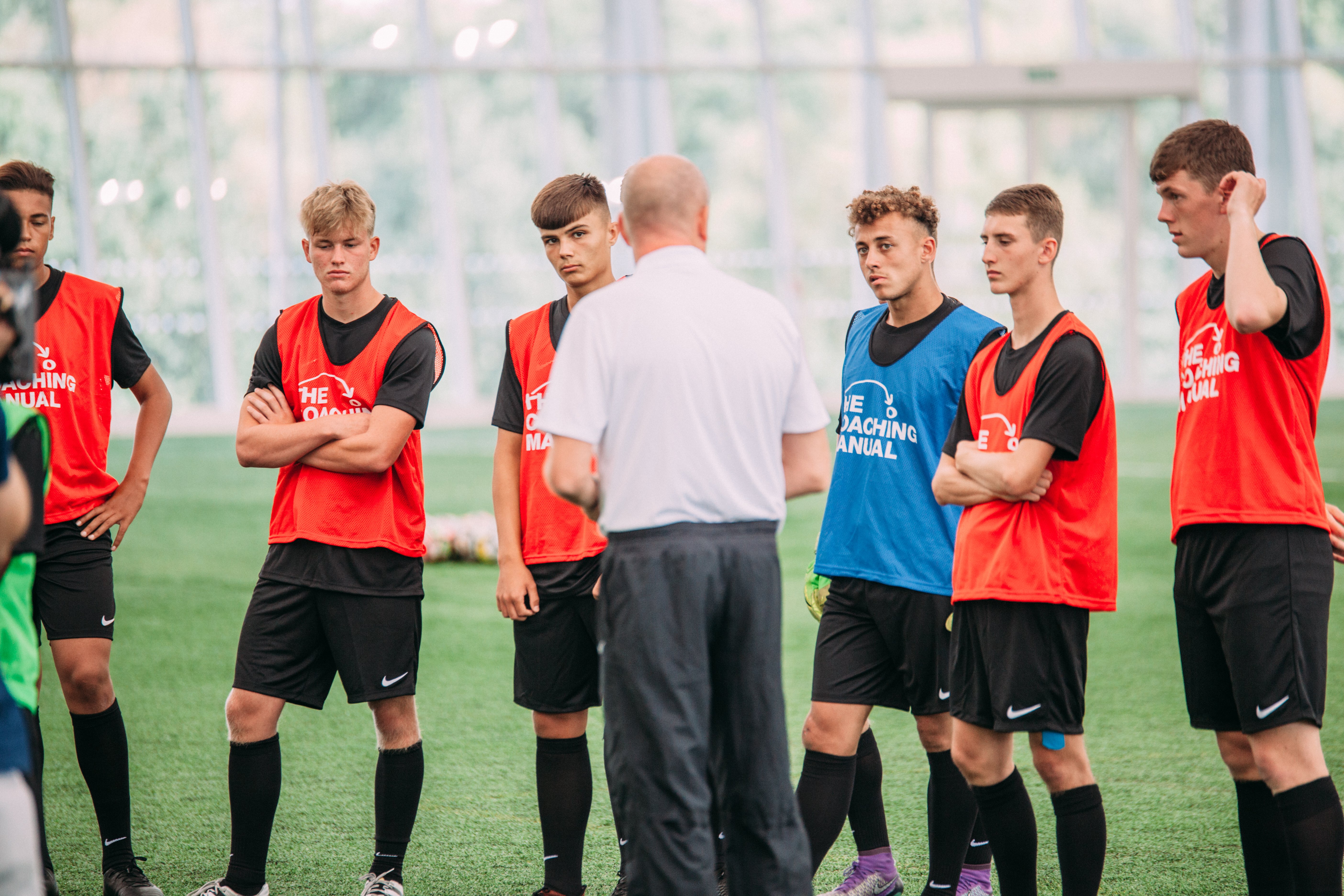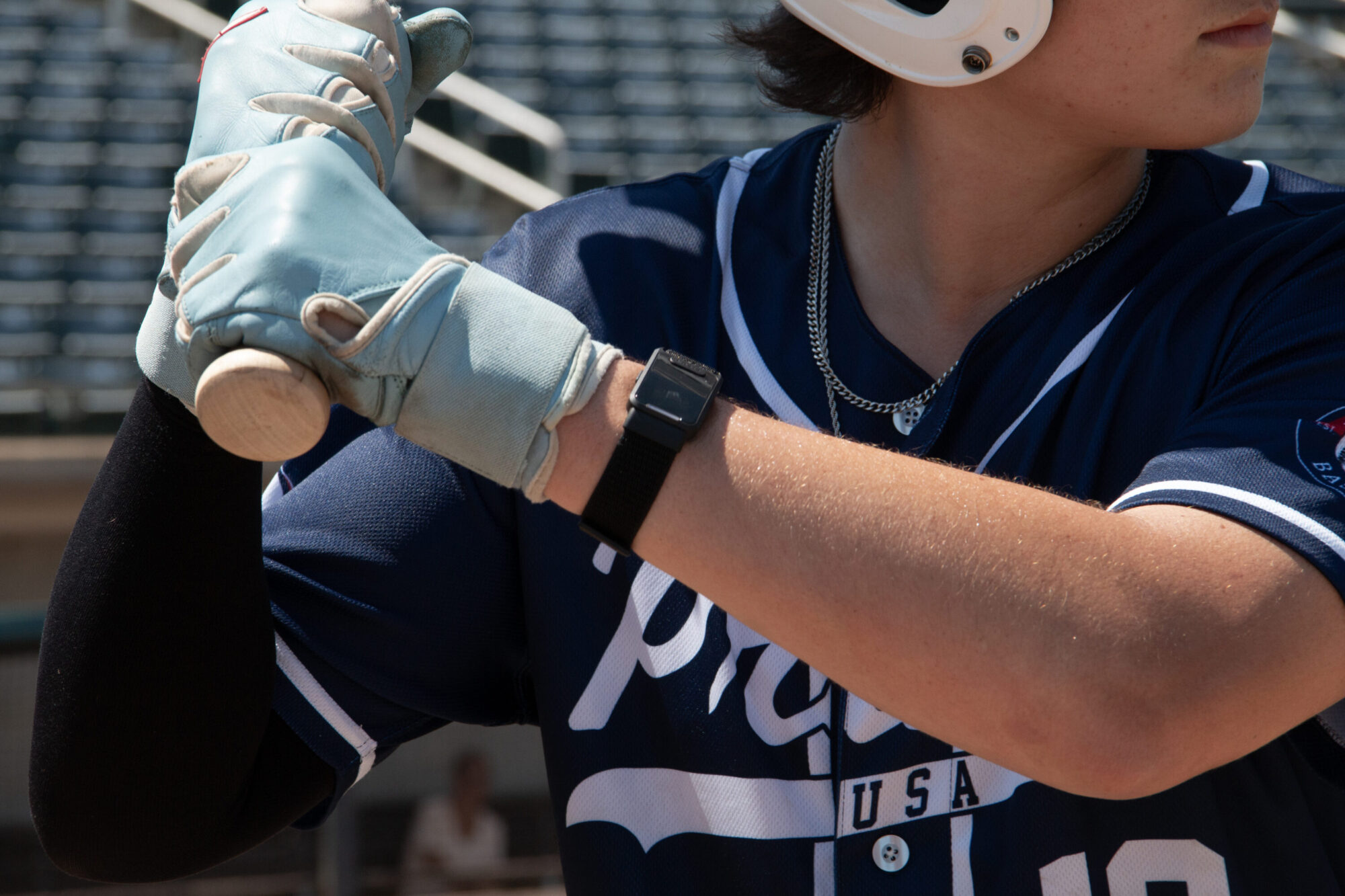
In baseball, mastering your hitting mechanics is key to becoming a successful hitter. While getting feedback from coaches and teammates is helpful, one of the most effective ways to evaluate and improve your swing is through video analysis. By recording and reviewing your swings, you can get an objective and detailed look at your technique, identify areas for improvement, and make the necessary adjustments. In this post, we’ll walk you through how to use video analysis effectively to enhance your hitting mechanics.
Step 1: Recording Your Swings

The first step in leveraging video analysis is recording your swings. Whether you’re using a smartphone or a camera, make sure you capture your swings from multiple angles. A side view and a front view are ideal for getting a complete look at your mechanics. Ensure that the camera is positioned to capture your entire body—this means your stance, load, swing, and follow-through. Recording both live batting practice and simulated game situations is beneficial, as it will give you a wide range of swings to analyze.
Step 2: Reviewing Your Swings

Once you’ve captured your swings on video, it’s time to review the footage. Pay close attention to the key aspects of your mechanics such as your stance, load, hand path, bat path, weight transfer, and follow-through. Are there any inconsistencies in your swing? Look for areas where things seem off or where you feel there could be room for improvement. You might notice patterns or recurring mistakes, which will help you identify the areas that need the most attention.
Step 3: Seek Input from Coaches or Experienced Players

While reviewing your own footage is valuable, seeking feedback from coaches or experienced players can be incredibly helpful. Share your video clips with them and ask for their perspective. They might spot things you missed or provide insights based on their experience. Coaches, in particular, can help you pinpoint specific mechanics that may be affecting your swing and offer guidance on how to correct them. Their expertise is a great way to fine-tune your analysis and refine your technique.
Step 4: Compare Your Swings to Professional Players

A useful way to assess your swing is by comparing it to professional players, especially those with similar body types or hitting styles. Watching successful hitters and breaking down their swings can give you a clear picture of what you’re aiming for. Focus on their hand positions, weight transfer, bat path, and overall mechanics. By comparing your swing to that of a professional, you can pinpoint areas where you can make adjustments to improve your own hitting technique.
Step 5: Identify and Prioritize Areas for Improvement

After reviewing your footage and getting feedback, it’s time to figure out which aspects of your swing need the most attention. Maybe you struggle with timing, or perhaps your bat path isn’t as efficient as it could be. Identify one or two areas that need improvement, and prioritize them. Trying to overhaul your entire swing at once can be overwhelming, so focusing on a couple of key changes at a time will help you make more manageable progress.
Step 6: Practice with Specific Drills

Once you know what you need to work on, it’s time to integrate targeted drills into your practice routine. For example, if your hand path is off, practice drills that help create a smoother and more direct path to the ball. If your weight transfer needs improvement, incorporate drills that emphasize proper weight shift and balance. Consistent practice with these drills will help reinforce the right mechanics and build muscle memory.
Step 7: Monitor Your Progress

Finally, make sure to track your progress. Continue recording your swings periodically and compare them to your earlier footage. This will help you see how much you’ve improved and pinpoint any lingering areas that still need work. Don’t forget to celebrate the small wins along the way—every improvement counts! Video analysis is a continual process, and by consistently reviewing and adjusting your technique, you’ll see steady growth in your hitting performance.
Frequently Asked Questions (FAQs)
1. How do I record my swings for video analysis?
To get the most out of video analysis, record your swings from multiple angles, including a side view and a front view. Make sure the camera captures your entire body—your stance, load, swing, and follow-through. Use a smartphone or a camera, and record both live batting practice and simulated game situations to get a broad view of your swing.
2. What should I look for when reviewing my swing footage?
Focus on key aspects of your mechanics such as your stance, load, hand path, bat path, weight transfer, and follow-through. Look for inconsistencies, flaws, or areas where adjustments can be made. Take note of any patterns that show up repeatedly and focus on those areas for improvement.
3. Should I compare my swing to professional players?
Yes! Comparing your swing to professional players can be very beneficial. Study hitters with similar body types or hitting styles and analyze their mechanics. This will give you a benchmark to understand what adjustments you might need to make to improve your own swing.
4. How do I prioritize areas for improvement in my swing?
After reviewing your video footage and receiving feedback, focus on one or two areas that need the most attention. It’s important not to try to fix everything at once, as this can overwhelm you. By targeting a couple of key areas, you’ll be able to make focused improvements and build on them over time.
5. What drills can I use to improve my hitting mechanics?
The drills you choose will depend on the specific areas you need to work on. For example, if you need to improve your hand path, practice drills that encourage a direct and efficient path to the ball. If weight transfer is an issue, work on drills that emphasize proper balance and shifting weight through the swing. Consistent practice with these targeted drills will help you reinforce the right mechanics.
6. How often should I review my swing video?
It’s important to consistently monitor your progress by recording and reviewing your swings periodically. Comparing your current swings to past footage will allow you to assess your improvements and identify any areas that still need attention. Regular review will help you stay on track and continue making progress.
Conclusion: Embrace Video Analysis for Better Hitting Mechanics
Video analysis is a powerful tool that can give you an edge when it comes to evaluating and improving your hitting mechanics. By recording your swings, reviewing them, seeking input from others, and comparing yourself to professionals, you can pinpoint areas that need work and target them with specific drills. Monitoring your progress over time ensures that you stay on track and continue improving.
Hitting is all about precision and consistency, and video analysis can help you develop both. Embrace the process, and you’ll be on your way to becoming a more effective, confident hitter. Remember, every small adjustment you make brings you one step closer to mastering your swing and becoming the player you want to be.
